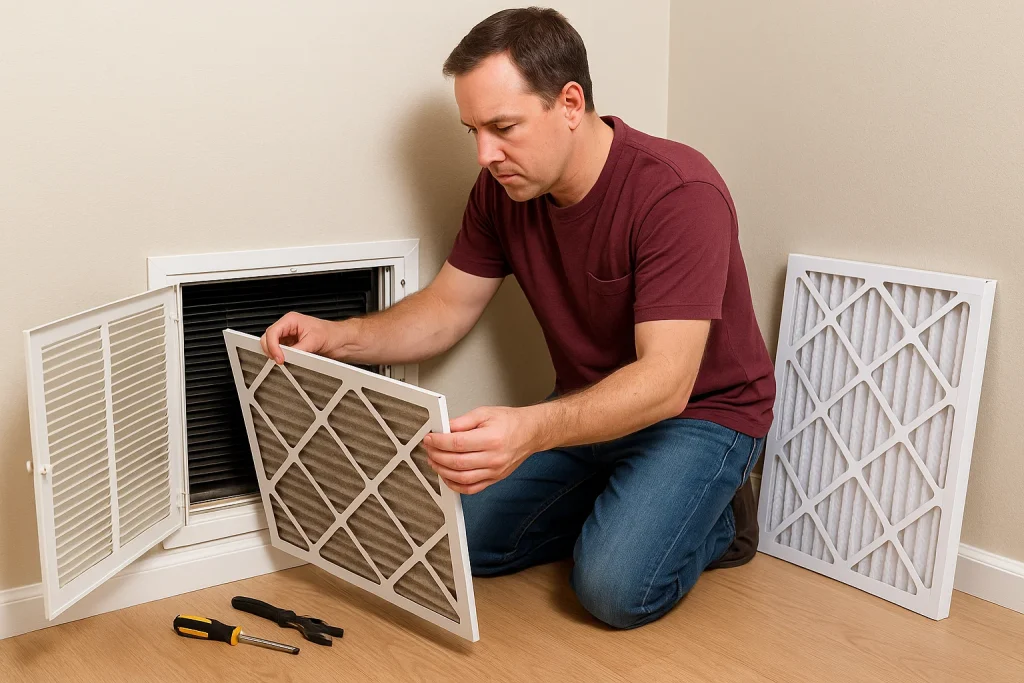With summer temperatures climbing and energy prices rising, many homeowners are feeling the pinch on their utility bills. Your air conditioning unit is likely one of the biggest energy consumers in your home, so it’s important to understand the key factors that influence how much your AC costs to operate – and how you can save money without sacrificing comfort.

What Drives Your AC’s Energy Consumption?
1. Thermostat Settings: Finding the Energy-Saving Sweet Spot
Setting your thermostat too low in an effort to cool your home faster can backfire. The U.S. Department of Energy recommends setting your thermostat to around 78°F when you’re home and need cooling. Raising it a few degrees when you’re away or asleep can further reduce energy use. Programmable or smart thermostats make it easy to maintain these settings automatically.
2. Over Cycling and Short Cycling
If your AC frequently turns on and off in short bursts – a condition known as short cycling – it wastes energy and puts extra strain on your system. This often happens if your unit is oversized, your thermostat is malfunctioning, or there’s a problem with airflow.
3. Insulation Quality and Air Leaks
Even the most efficient AC unit can struggle if your home isn’t well insulated or if there are leaks around windows and doors. Poor insulation allows cooled air to escape and warm air to enter, forcing your AC to work overtime. Sealing gaps with weatherstripping or caulk and adding insulation in attics and walls can dramatically improve energy efficiency and comfort.
4. The Efficiency of Your AC Unit (SEER2 Rating)
The Seasonal Energy Efficiency Ratio (SEER2) measures how efficiently an air conditioner uses electricity to cool your home. Newer units typically have SEER2 ratings of 14 or higher, while older models may be much less efficient. If your AC is over 10 years old or has a low SEER2 rating, upgrading to a modern, high-efficiency system can significantly cut your energy bills.
5. Dirty Air Filters and Restricted Airflow
Clogged air filters reduce airflow and force your AC to work harder to cool your home. This not only increases energy consumption but can also lead to premature system wear. Replacing or cleaning filters monthly during peak cooling season is an easy and effective way to maintain efficiency.
Tips and Tricks to Save on Cooling Costs
- Install a programmable or smart thermostat: Automatically adjust temperatures based on your schedule to avoid unnecessary cooling.
- Seal air leaks: Use weatherstripping and caulking around doors and windows to prevent cool air from escaping.
- Improve insulation: Add insulation in attics and walls to reduce heat gain and loss.
- Use ceiling fans: Fans circulate air and create a wind-chill effect, allowing you to raise your thermostat setting by about 4°F without sacrificing comfort.
- Change air filters monthly: Keep airflow unobstructed to reduce strain on your system.
- Schedule a professional AC tune-up: Annual inspections help identify and correct inefficiencies before they turn into costly problems.
Contact Sierra Pacific Home & Comfort, Inc. today to schedule your AC services as soon as possible. You can always trust The Guys in the Big Red Trucks.
